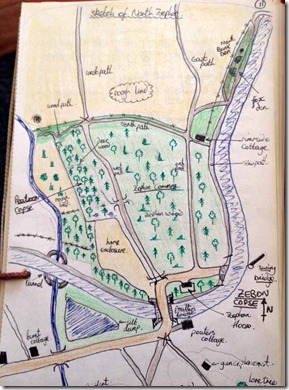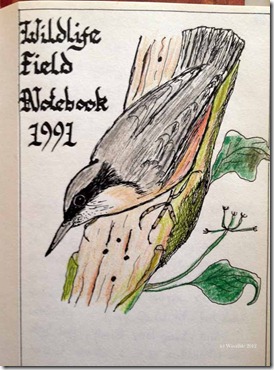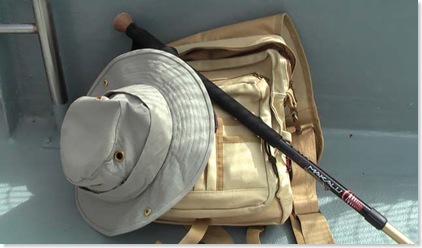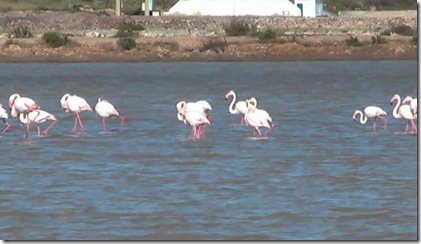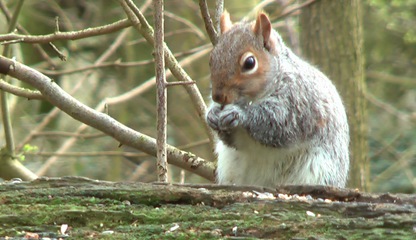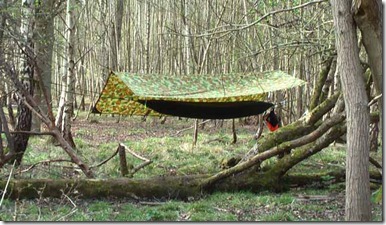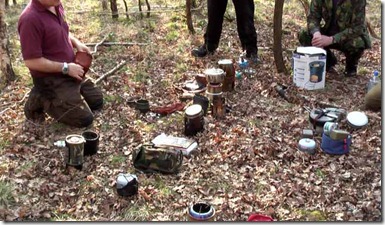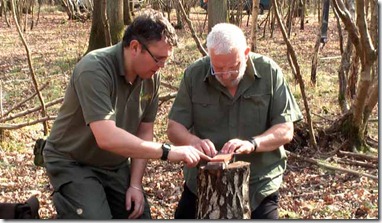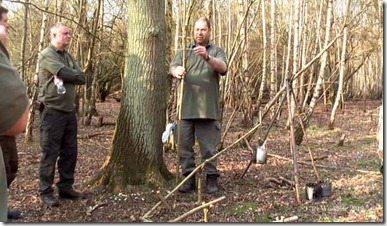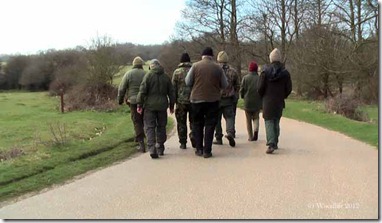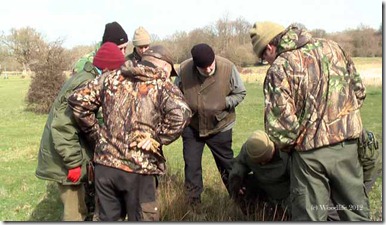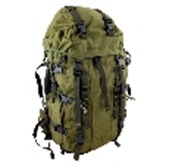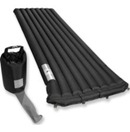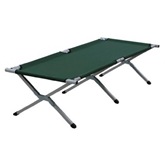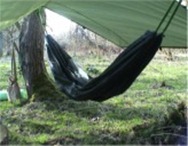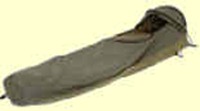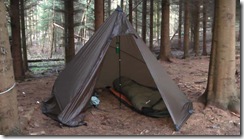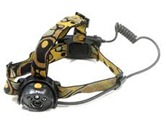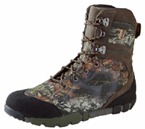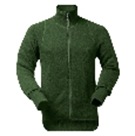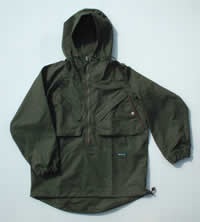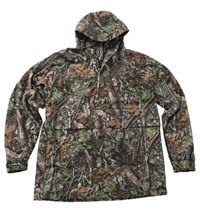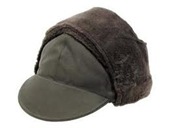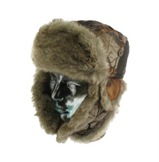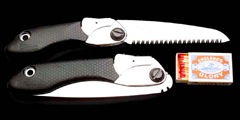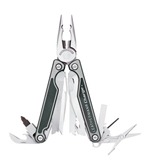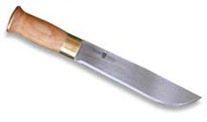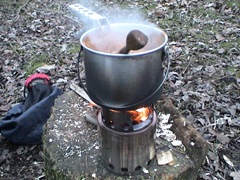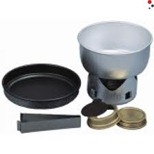Pablo’s Wildlife Notebook – 1988
New Forest – Saw young fallow also yellow fungi(?) on leaf carpet. Stone chat.
Pablo’s Wildlife Notebook 1989
Long field wood – Zephon, Crookham - Hampshire. A lot of bluebells coming out. Saw wood anemone amongst them. Also wood sorrel, garlic mustard and ladies smock also flushed out female pheasant. Heard several GS woodpeckers. Very pleasant sitting in the wood. Green buds on the leaves are coming – very pale green.
Pablo’s Wildlife Notebook 1990
Hindhead, Surrey – 0715 – frosty night but lovely dawn. Managed to get close to Linnet. Plenty of deer around. Temps have been very warm over the last week. Up to 22 degrees C during the day. Last two nights have been frosty.
Pablo’s Wildlife Notebook 1991
Have seen Tawny owl hunting around the churchyard and a couple of foxes. Damp weather brought out some wood mice scurrying across the road. Days have been warm. Saw a small tortoishell in the garden last week. Jays battling around the pond today. Usual birds and squirrel on the bird table. Pond life revealed 3 newts. Pond skaters beginning to come back.
Pablo’s Blog April 2006
At last, the late frosts have finally gone it seems and as predicted, a few warmer days, a few rain showers and the ground and trees seems to have sprung into life. Of course the wakening of the woods starts far earlier but it isn't that obvious on the surface. There is actually growth to see now on the trees and on the floor of the woods.
Today's walk found me batting away flying insects, coming across two bumblebees and a fritillary butterfly. I also noticed a nuthatch and a willow tit. I even heard the sound of spring. The woodpecker's hammering echoing through the wood. Before I settled down for a brew, I noticed a movement in the undergrowth and came across a young rabbit trying hard to remain camouflaged in the leaf litter. It remained stock still as I approached and I was able to get very close to take some photos. This moment was spring personified. The sound, the smell, the visions of spring.
Pablo’s blog 2007
I thought it would be fun to do a post from the woods. So here it is. No pics as this is email to blogger and not a mobile blog. I’ll cheat and add one later.
Pablo’s Wildlife Notebook 2007
Southern Spain – Red crested pochard; black-winged stint; Mandarins; Purple heron; Sedge warbler; Egret; dunlin; coot; swallows.
Pablo’s Blog 2009
For the last 8 days I've been in the beautiful country of Portugal. Although I wasn't as mobile as I wished [recovering from Achilles tendon rupture], I did manage to see quite a bit of the countryside by going on a jeep and boat with a guide.
The guide, Jose (they pronounce the "J's" in Portugal) was the Portuguese version of Bill Oddy, but much more entertaining. He also had an excellent knowledge of the wild plants and what you could do with them.
The first area we visited was a natural salt marsh where hundreds of migrating birds can be seen at the right time of year. We spotted Great flamingos feeding in the shallows.
Pablo’s Blog 2010
I hate travelling during a Bank Holiday. You tend to spend more time in traffic queues than you do at your destination, so we tend to stay local.
On Friday, we visited Cambridge where the parking fee was more expensive than the mini-trangia I picked up in a sale. More about the trangia later.
On Saturday I went into Poor Park woods and, apart from a squirrel feasting on some bird seed somebody had left, I saw very little in the way of mammals.
Pablo’s Blog 2011
Although Woodlife Trails has carried out some day courses already, this weekend was the first weekend course of the year.
It couldn’t have been better weather-wise as the sun shone throughout the weekend and in the main it was warm and sunny.
The temperature dropped a little at about 3am on Sunday morning, just to remind us that spring has only just begun – and perhaps the choice of the thin, summer sleeping bag was still a bit premature.
